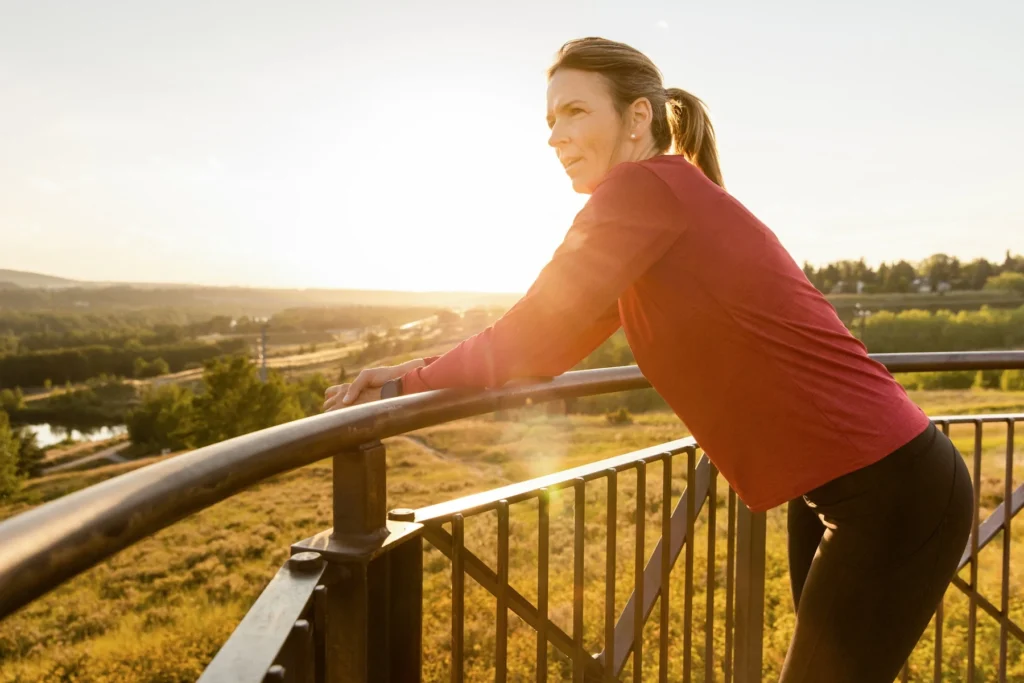
Stronger Legs, Bigger Gains: The Best Leg Workout for Maximum Results

Leg workout is an essential component of any fitness regimen, offering a great way to enhance overall strength and functionality. Focusing on the largest muscle groups in your body, leg workouts not only target the gluteus maximusand hip flexors but also engage various muscle fibers throughout your lower half. Incorporating compound leg exercises like the barbell squat and deadlift variations can lead to significant muscle growth and improved heart rate during workouts.
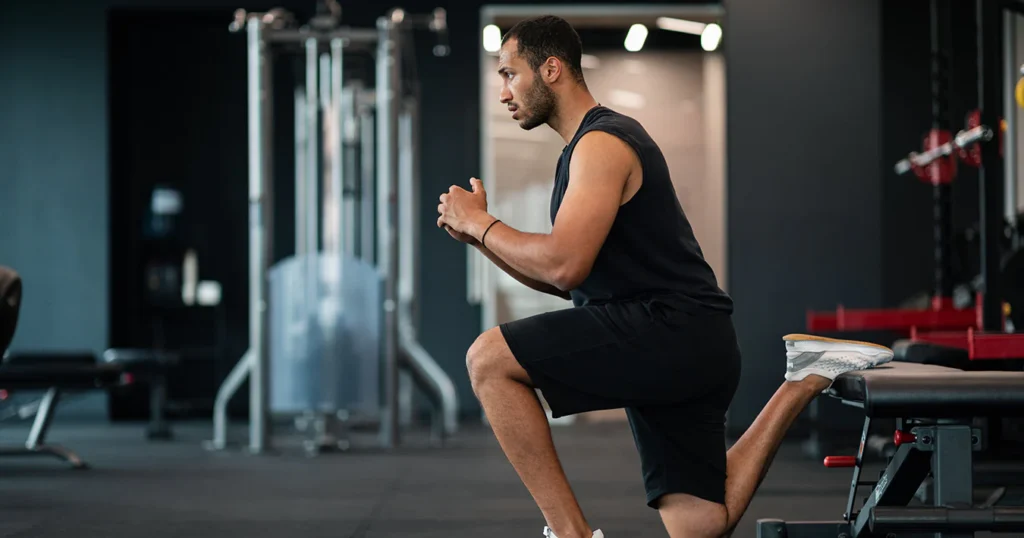
Whether you’re using heavy weight or lighter weight, maintaining good form is the important thing to ensure safety and effectiveness. Exercises such as leg extensions and reverse lunges serve as excellent isolation exercises that help you focus on specific target muscles. Additionally, incorporating squat variations and hack squats into your leg workout routine can provide a well-rounded leg workout that enhances your range of motion and overall performance.
For those looking to improve their daily life, strong legs contribute to better mobility and stability, making everyday activities easier. With the right training programs and guidance from a personal trainer or physical therapist, you can develop a routine that not only builds bigger legs but also supports your entire body. So, lace up your shoes and get ready to discover your favorite leg exercises that will transform your fitness journey!

In the world of fitness and wellness, leg training often takes center stage, and for good reason. Our legs are the foundation of our body, supporting us through daily activities and athletic pursuits alike. Whether you’re a seasoned gym-goer or just starting your fitness journey, understanding the importance of leg workout and how to perform them correctly can significantly impact your overall health and performance. In this comprehensive guide, we’ll explore the best leg workout exercises, their benefits, and how to incorporate them into your routine for maximum results.
Why Leg Training Matters
Before diving into specific exercises, it’s crucial to understand why leg training is so important. Leg workout offer a multitude of benefits that extend far beyond just building muscle mass in your lower body.

Overall Wellness
Leg training plays a vital role in promoting overall wellness. When you engage in leg workout, you stimulate the release of important hormones such as testosterone and human growth hormone (HGH). These hormones are crucial for muscle growth, fat metabolism, and overall health. They help repair muscle tissues and promote muscle growth, which is beneficial for maintaining a healthy body composition. Moreover, weight-bearing exercises like squats and lunges are excellent for improving bone density.
This is particularly important for preventing osteoporosis and reducing the risk of fractures, especially as we age. The impact of these exercises on our skeletal system cannot be overstated, as strong bones are fundamental to our long-term health and mobility.

Mental Health Benefits
It’s not just your physical health that benefits from leg training. Engaging in regular leg workouts can also boost mental health by reducing stress and anxiety levels. The physical activity involved in leg exercises releases endorphins, which are natural mood lifters. This hormonal response can lead to improved mental clarity, reduced symptoms of depression, and an overall sense of well-being.

Enhancing Daily Activities
One of the most practical benefits of leg workout is its impact on our daily lives. Strong legs provide the functional strength necessary for performing everyday tasks such as walking, climbing stairs, and lifting objects. By improving your leg strength, you’re essentially making all these activities easier and more efficient.
Furthermore, strengthening the leg muscles helps stabilize joints, particularly in the knees and ankles. This increased stability reduces the risk of injuries such as sprains and strains, which is particularly important for maintaining mobility and independence as we age. Leg workout also enhances core stability and balance, vital for maintaining good posture and preventing falls. Exercises like lunges and squats engage the core muscles, promoting better alignment and reducing the likelihood of slouching.

Boosting Athletic Performance
For those with athletic aspirations, leg workout is absolutely essential. Strong leg muscles are crucial for explosive movements such as sprinting, jumping, and changing directions quickly. Exercises like squats and deadlifts build the power and speed necessary for high-performance sports.
Leg workout also improves muscular endurance, allowing athletes to perform at higher intensities for longer periods. This is particularly beneficial for endurance sports like running and cycling. Additionally, regular leg workouts help develop balanced muscle strength, reducing the risk of common sports injuries such as ACL tears and hamstring strains.
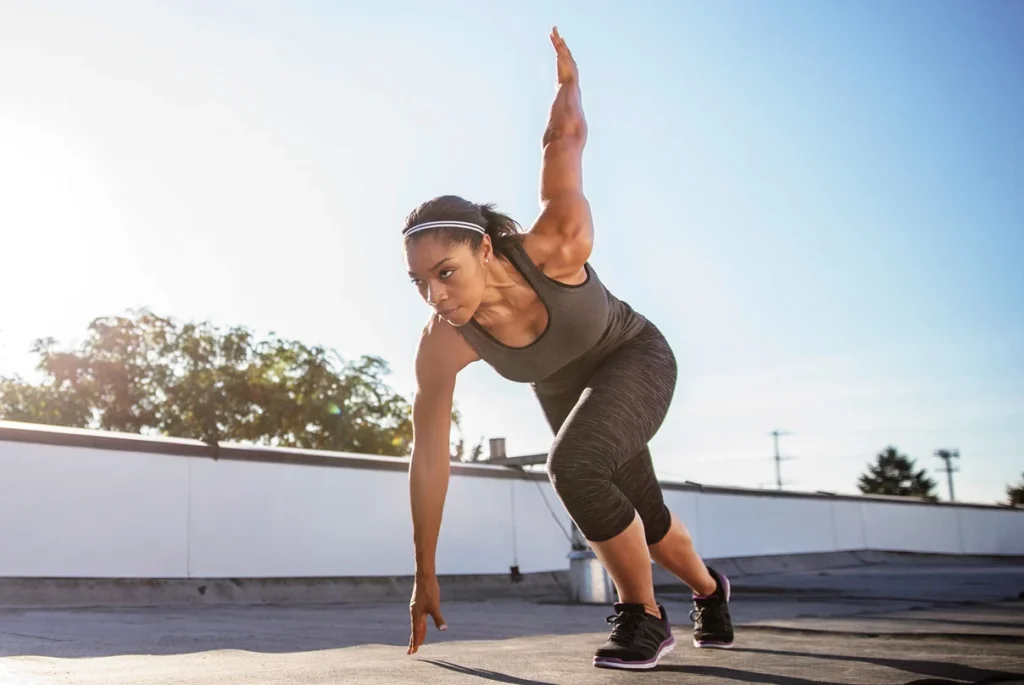
Understanding Leg Muscle Anatomy
To truly appreciate the importance of leg workout and to perform exercises correctly, it’s helpful to understand the anatomy of the leg muscles. The human leg is a complex structure composed of various muscle groups, each with specific functions:
Quadriceps
The quadriceps, located at the front of the thigh, are the strongest and leanest muscles in the body. They are primarily responsible for extending the knee and consist of four muscles:
- Vastus Lateralis: The largest of the quadriceps, located on the outside of the thigh.
- Vastus Medialis: A teardrop-shaped muscle on the inner thigh.
- Vastus Intermedius: Situated between the vastus medialis and vastus lateralis.
- Rectus Femoris: This muscle attaches to the kneecap and is involved in hip flexion.

Hamstrings
The hamstrings are located at the back of the thigh and are crucial for hip and knee movement. They include:
- Biceps Femoris: This long muscle flexes the knee and extends from the thigh to the head of the fibula.
- Semimembranosus: Extends the thigh, flexes the knee, and helps rotate the tibia.
- Semitendinosus: Also extends the thigh and flexes the knee.

Calf Muscles
The calf muscles are essential for movements of the ankle, foot, and toes. The major calf muscles include:
- Gastrocnemius: A large muscle that connects to the heel and is involved in flexing and extending the foot, ankle, and knee.
- Soleus: Extends from the back of the knee to the heel, playing a significant role in walking and standing.
- Plantaris: A small muscle that is absent in about 10% of people.
Understanding these muscle groups helps in targeting them effectively during workouts and appreciating the complexity of leg movements.

READ MORE: Best Shoulder Training Workout!
The Top 15 Leg Exercises for Maximum Results
Now that we understand the importance of leg training and the anatomy involved, let’s dive into the top 15 leg exercises that will help you build strength, improve balance, and enhance overall athletic performance.
1. Back Squat
The back squat is often referred to as the king of leg exercises, and for good reason. It targets multiple muscle groups simultaneously, making it an incredibly efficient movement.
Form: Stand with feet shoulder-width apart, barbell resting on your traps. Lower your body by bending your knees and hips, keeping your chest up and back straight, until your thighs are parallel to the ground. Push through your heels to return to the starting position.
Benefits: Targets the quadriceps, hamstrings, and glutes. It also engages the core for stability and promotes overall lower body strength.

2. Front Squat
The front squat is a variation that shifts the focus more towards the quadriceps while still engaging other leg muscles.
Form: Hold a barbell across the front of your shoulders, elbows up. Lower into a squat, keeping your chest up and core engaged, until your thighs are parallel to the ground. Push through your heels to stand back up.
Benefits: Emphasizes the quadriceps more than the back squat and requires greater core stability.

3. Romanian Deadlift
This exercise is excellent for targeting the posterior chain, particularly the hamstrings and glutes.
Form: Stand with feet hip-width apart, holding a barbell or dumbbells. Hinge at the hips, keeping a slight bend in the knees, and lower the weights along your legs until you feel a stretch in your hamstrings. Return to standing by driving your hips forward.
Benefits: Strengthens the hamstrings, glutes, and lower back, improving hip mobility.

4. Conventional Deadlift
The deadlift is a fundamental movement that engages almost every muscle in the body, with a particular emphasis on the legs and back.
Form: Stand with feet shoulder-width apart, barbell over mid-foot. Bend at the hips and knees to grip the bar, keeping your back straight. Lift the bar by extending your hips and knees, then lower it back to the ground.
Benefits: Engages the entire posterior chain, including the glutes, hamstrings, and lower back, and is excellent for building overall strength.

5. Lunges
Lunges are versatile exercises that can be performed in various directions to target different aspects of leg strength and stability.
Form: Step forward with one leg, lowering your hips until both knees are bent at about a 90-degree angle. Keep your front knee above your ankle and your back knee off the floor. Push back to the starting position.
Benefits: Improves balance and coordination while targeting the quads, glutes, and hamstrings.

6. Leg Press
The leg press machine allows for heavy lifting with reduced risk of injury, making it an excellent choice for building leg strength.
Form: Sit on the leg press machine with feet hip-width apart on the platform. Lower the platform by bending your knees, then push it back up without locking your knees.
Benefits: Isolates the quadriceps, hamstrings, and glutes, allowing for heavy lifting with reduced risk of injury.
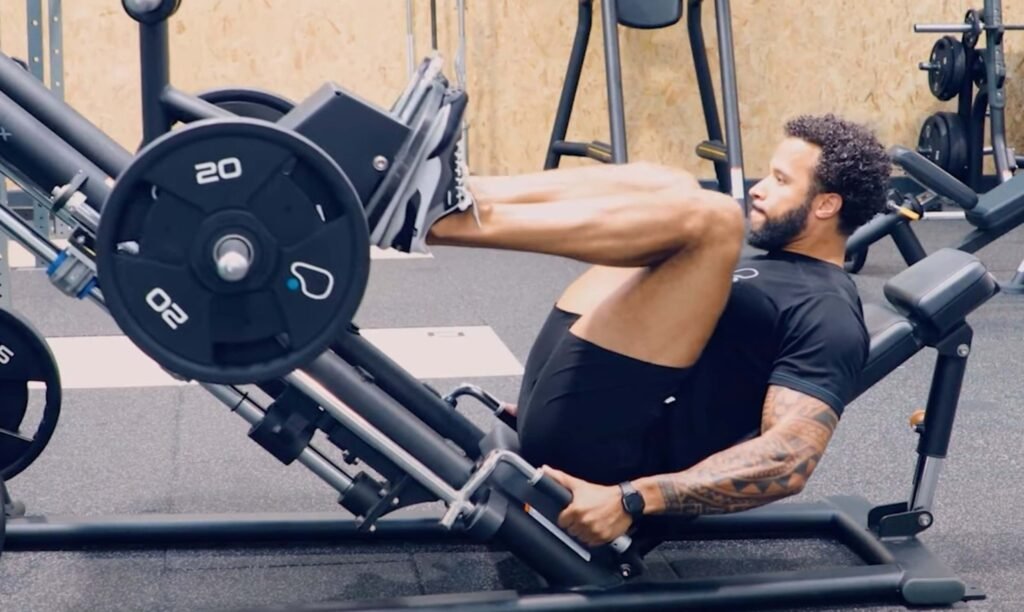
7. Bulgarian Split Squat
This unilateral exercise challenges balance and targets each leg individually.
Form: Stand a few feet in front of a bench, place one foot on the bench behind you. Lower your hips until your front thigh is parallel to the ground, then push back up.
Benefits: Enhances balance and unilateral leg strength, targeting the quads, glutes, and hamstrings.

8. Hip Thrust
Hip thrusts are excellent for targeting the glutes and improving hip extension strength.
Form: Sit on the ground with your upper back against a bench, feet flat on the floor. Place a barbell over your hips. Drive through your heels to lift your hips until your body forms a straight line from shoulders to knees.
Benefits: Primarily targets the glutes, improving hip extension strength and power.
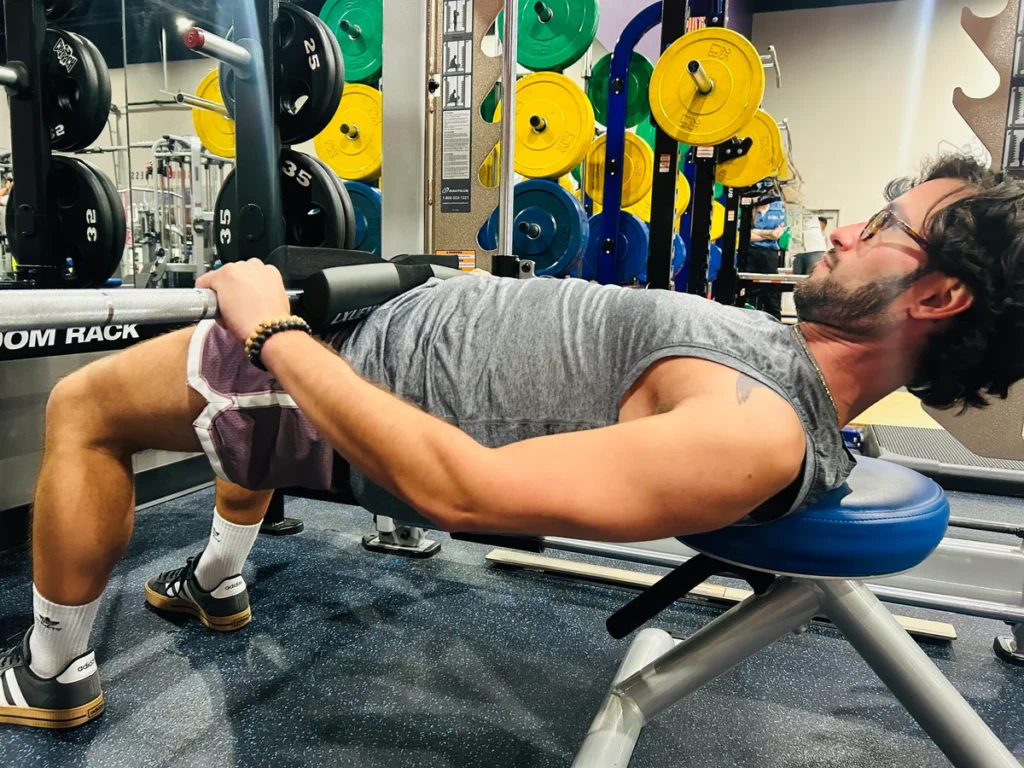
9. Goblet Squat
The goblet squat is a beginner-friendly variation that helps reinforce proper squat form.
Form: Hold a dumbbell vertically at your chest. Squat down by bending your knees and hips, keeping your chest up and elbows inside your knees. Return to standing.
Benefits: Easier on the back than barbell squats, while still effectively working the quads and glutes.
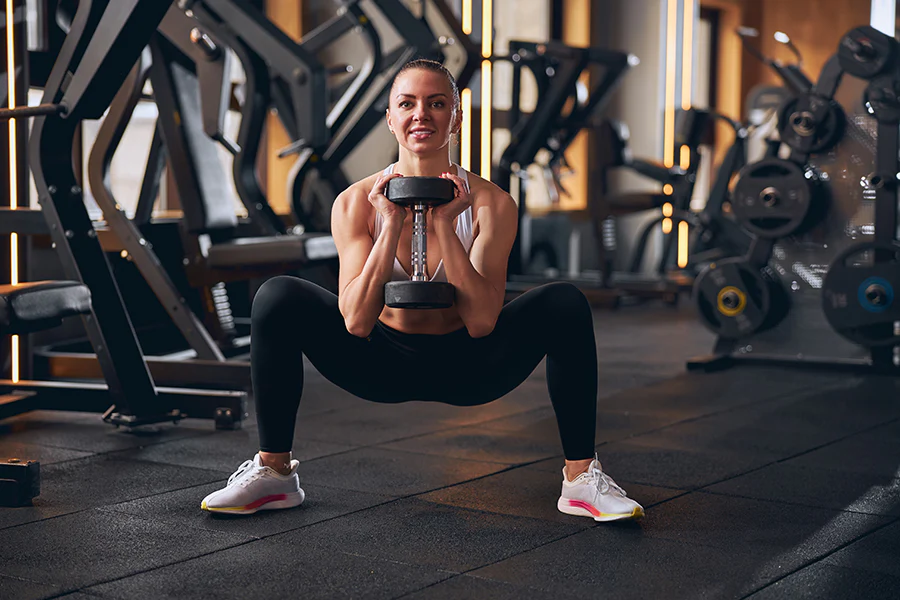
10. Step-Up
Step-ups are great for building unilateral leg strength and improving balance.
Form: Stand in front of a bench or step. Step up with one foot, driving through the heel to lift your body up, then step back down.
Benefits: Builds unilateral leg strength and balance, targeting the quads and glutes.
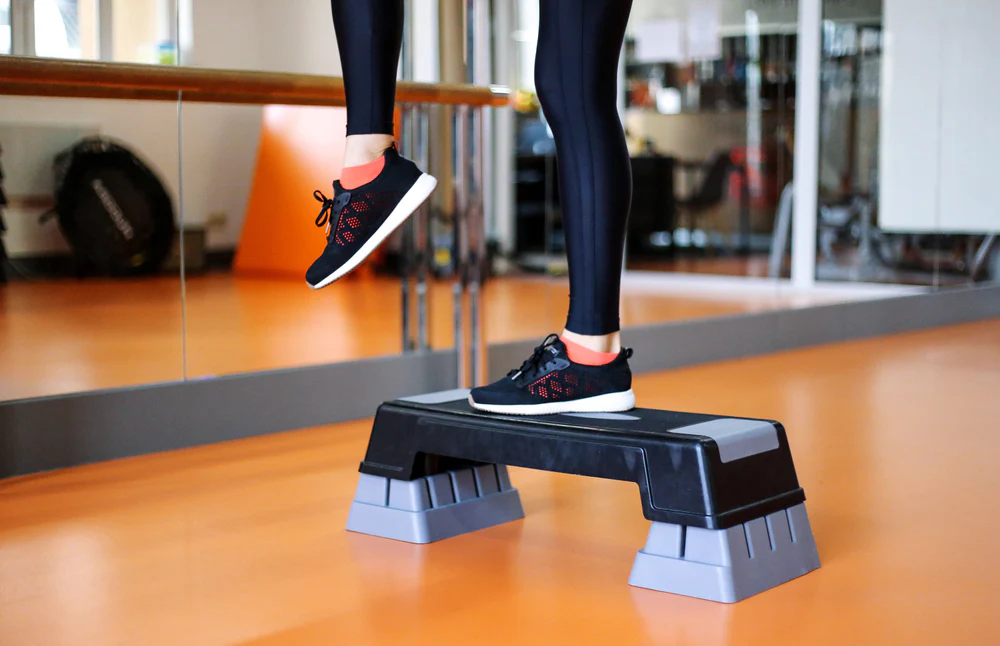
11. Calf Raise
Don’t forget about your calves! Calf raises are essential for building lower leg strength.
Form: Stand with the balls of your feet on the edge of a step. Raise your heels as high as possible, then lower them below the step level.
Benefits: Strengthens the calf muscles, improving ankle stability and power.
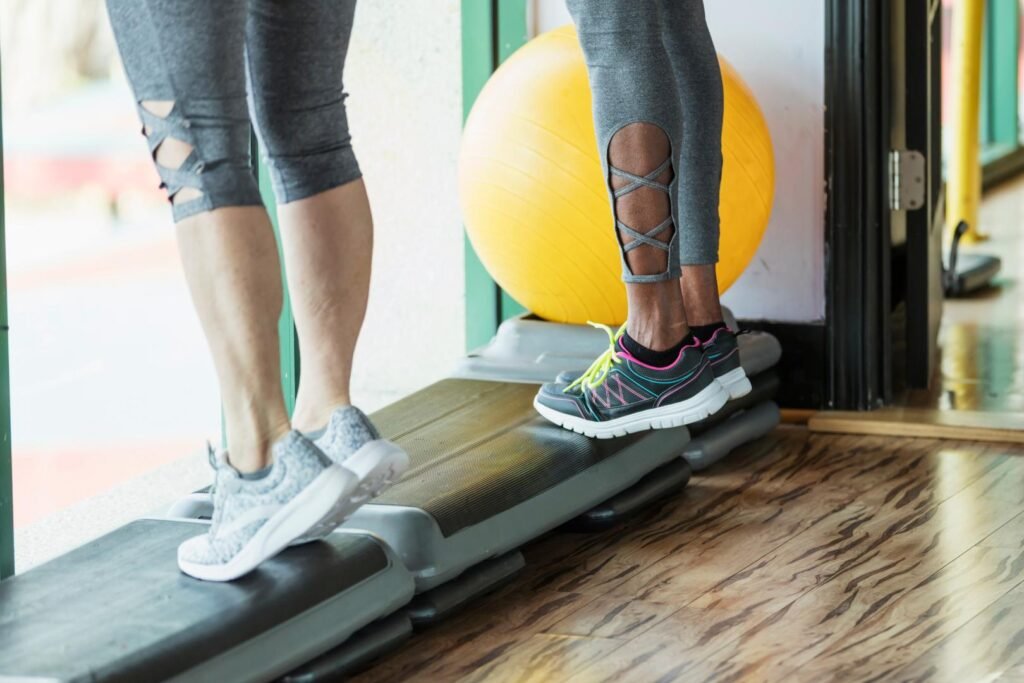
12. Good Mornings
Good mornings are excellent for targeting the hamstrings and lower back.
Form: Stand with feet shoulder-width apart, barbell on your back. Hinge at the hips, keeping your back straight, until your torso is parallel to the ground. Return to standing.
Benefits: Targets the hamstrings and lower back, enhancing posterior chain strength.

13. Lateral Lunge
Lateral lunges help improve lateral movement and stability, often neglected in traditional leg workouts.
Form: Step to the side with one leg, bending the knee and pushing your hips back. Keep the other leg straight. Return to the starting position.
Benefits: Improves lateral movement and stability, targeting the inner thighs and glutes.

14. Single-Leg Deadlift
This exercise challenges balance while targeting the hamstrings and glutes.
Form: Stand on one leg, holding a dumbbell in the opposite hand. Hinge at the hips, lowering the weight towards the ground while extending the free leg behind you. Return to standing.
Benefits: Enhances balance and targets the hamstrings and glutes.

15. Leg Curl
Leg curls isolate the hamstrings, which is important for balanced leg development.
Form: Lie face down on a leg curl machine. Curl your legs up towards your buttocks, then lower them back down.
Benefits: Isolates the hamstrings, improving knee flexion strength.
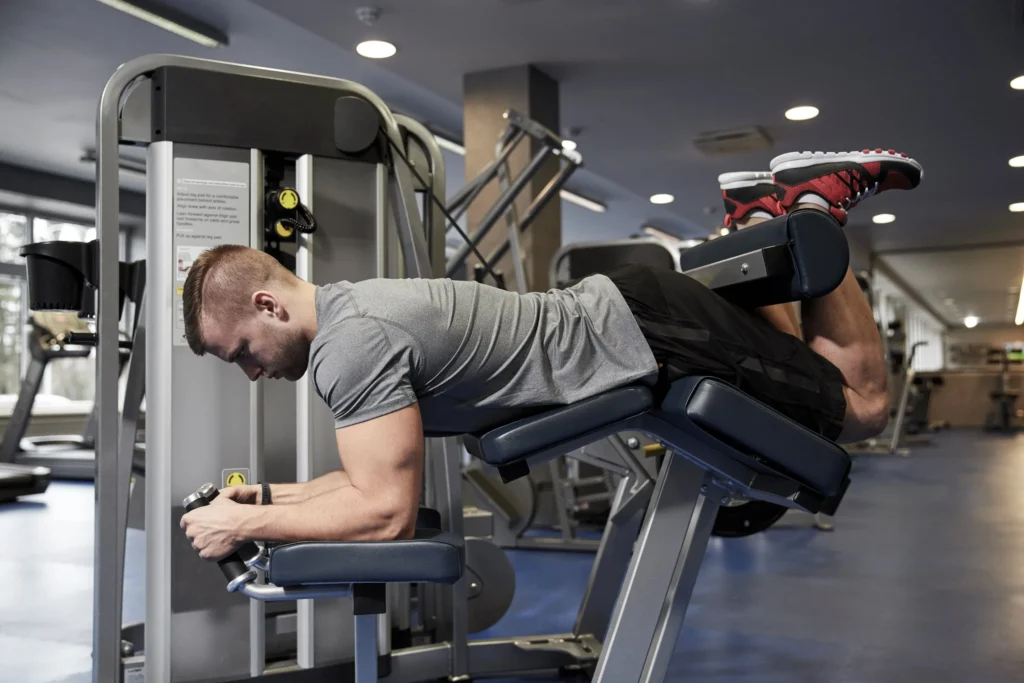
READ MORE: Best Back Training Exercise!
Structuring Your Leg Workout Routine
Now that we’ve covered the best leg exercises, let’s discuss how to structure a comprehensive leg workout routine for different fitness levels.
For Beginners
Building a foundation of strength and proper form. Start with basic compound movements like bodyweight squats, lunges, and glute bridges. Incorporate isolation exercises like leg curls and calf raises.
- 2-3 sets of 8-12 reps per exercise .
- 1-2 times per week, allowing for recovery between sessions.

For Intermediate Levels: Increasing strength and muscle mass.
Include more challenging compound exercises like barbell squats, Romanian deadlifts, and step-ups. Add variety with unilateral exercises like Bulgarian split squats.
- 3-4 sets of 8-12 reps, with heavier weights.
- 2-3 times per week, with at least one rest day in between.

For Advanced Levels
Maximizing strength, power, and muscle hypertrophy. Incorporate advanced movements like front squats, sumo deadlifts, and plyometric exercises. Use a mix of free weights and machines for variety.
- 4-6 sets of 3-8 reps for strength, or 3-4 sets of 12-15 reps for hypertrophy .
- 3-4 times per week, with varied intensity and volume to prevent overtraining.

Common Mistakes and Tips for Proper Form
Maintaining proper form is essential for maximizing your leg workouts and preventing injuries. Here are some common mistakes to avoid, along with tips to help you maintain good technique:
1. Keep Your Knees Aligned During Squats and Lunges
- Letting your knees cave inward.
- Push your knees outward, keeping them in line with your toes to prevent strain on your joints.

2. Maintain a Neutral Spine in Deadlifts
- Rounding your back while lifting.
- Engage your core, keep your chest up, and maintain a neutral spine to protect your lower back.

3. Go Deep Enough in Squats for Maximum Gains
- Not lowering enough during squats.
- Aim to bring your thighs parallel to the ground, or as low as your mobility allows while keeping good form.

4. Prioritize Form Over Heavy Weights
- Lifting too heavy too soon.
- Start with lighter weights to perfect your technique before gradually increasing the load.

5. Never Skip Warm-Ups and Cool-Downs
- Neglecting warm-ups and stretching.
- Begin with a dynamic warm-up to activate muscles and finish with stretching to improve flexibility and reduce soreness.
- By avoiding these mistakes and following these tips, you’ll get the most out of your leg workouts while staying injury-free!
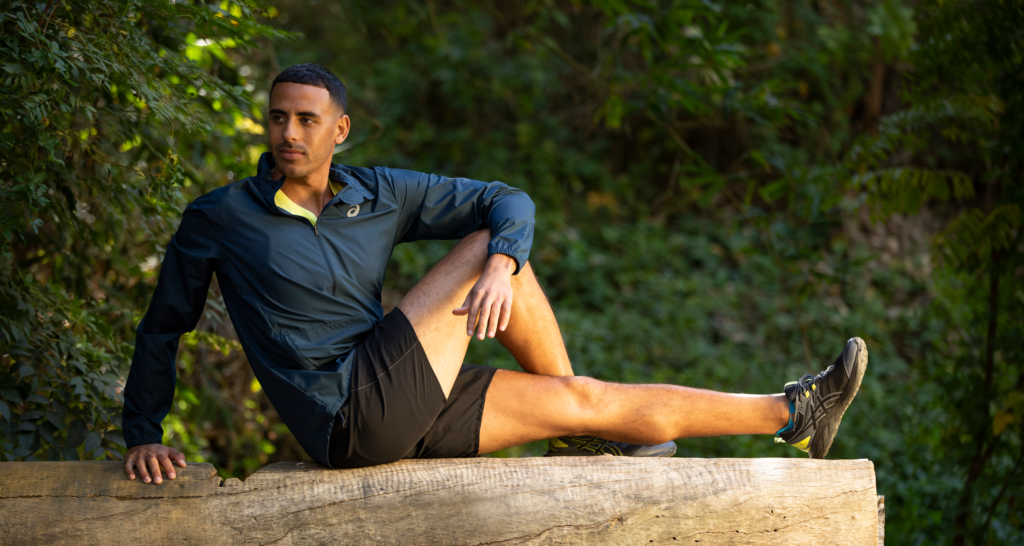
Leg Recovery Tips After a Workout
After an intense leg workout, proper recovery is essential to ensure your muscles heal, grow, and prepare for your next training session.
Here are some effective tips to help you recover after leg day:
Allow Adequate Rest
One of the most important things you can do for your legs post-workout is to give them time to recover. It’s generally recommended to rest for at least 24 hours before targeting the same muscle group again. Many fitness professionals suggest waiting two to three days before engaging in high-intensity leg workouts again. During this time, you can still engage in light cardio or work on other muscle groups to maintain activity without overloading your legs.
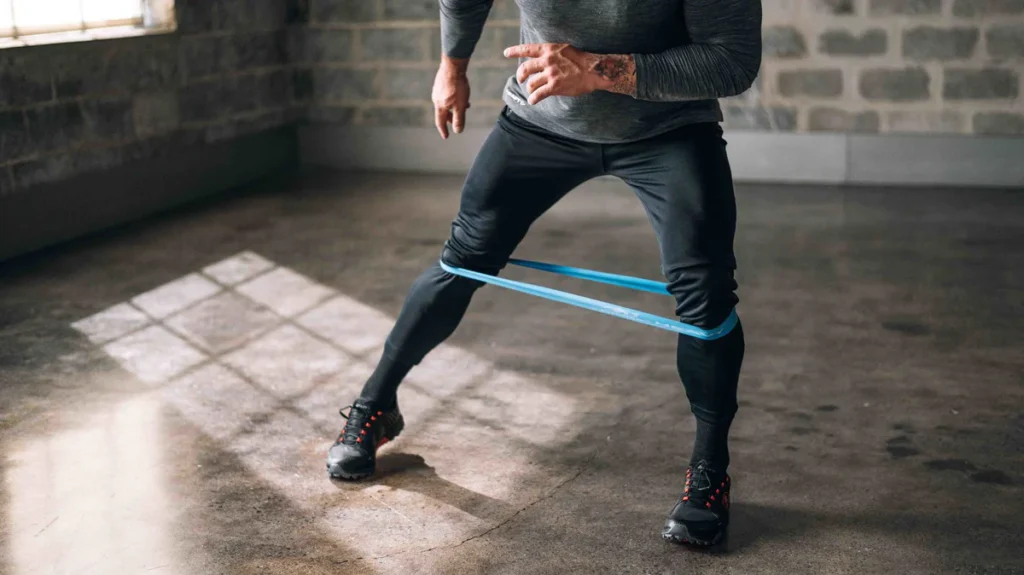
Focus on Nutrition
Post-workout nutrition plays a crucial role in recovery. Aim for a balanced meal that includes protein for muscle repair, carbohydrates to replenish glycogen stores, and healthy fats for sustained energy. Incorporating lean proteins, whole grains, fruits, and vegetables ensures that your body receives the nutrients it needs to recover effectively. Consuming 20 to 40 grams of protein within an hour after your workout can significantly aid muscle recovery.

Stay Hydrated
Hydration is vital for recovery. After a leg workout, your body needs fluids to help transport nutrients to your muscles and to flush out toxins. Make sure to drink plenty of water throughout the day, and consider electrolyte-rich drinks if your workout was particularly intense or if you sweat heavily.

Incorporate Active Recovery
Engaging in light cardio can promote blood flow to your legs, which aids in recovery. Activities like walking, cycling, or swimming at a low intensity can help reduce soreness and stiffness without putting additional strain on your muscles.
Stretch and Foam Roll
Incorporating stretching and foam rolling into your post-workout routine can help alleviate muscle tightness and improve flexibility. Focus on the major muscle groups you worked, including the quadriceps, hamstrings, calves, and glutes. This can enhance your range of motion and reduce the risk of injury.

Use Ice or Heat Therapy
Depending on your preference and the level of soreness, you might benefit from ice or heat therapy. Ice baths or applying ice packs can help reduce inflammation and numb soreness, while heat can promote blood flow and relax tight muscles. Experiment with both methods to see which works best for you.
Get Quality Sleep
Sleep is when your body does most of its recovery work. Aim for 7-9 hours of quality sleep each night to allow your muscles to repair and grow. Establishing a consistent sleep schedule can enhance your recovery process and overall performance.

Listen to Your Body
Finally, it’s crucial to listen to your body. If you’re feeling excessively sore or fatigued, consider taking an extra rest day or adjusting your workout intensity. Recovery is just as important as the workout itself, and respecting your body’s signals will lead to better long-term results. By following these recovery tips, you can ensure that your legs bounce back stronger and ready for your next workout, helping you achieve your fitness goals effectively and safely.

Conclusion
Incorporating leg training into your fitness routine is essential for building a strong, balanced, and healthy body. By understanding the anatomy of leg muscles, mastering proper form in key exercises, and structuring your workouts appropriately for your fitness level, you can achieve remarkable results in strength, power, and overall wellness.Remember, consistency is key. Start where you are, focus on proper form, and gradually increase the intensity of your workouts.
Whether your goal is to improve daily functionality, enhance athletic performance, or simply feel more confident in your own skin, a well-rounded leg training program is a crucial step towards achieving your fitness aspirations.So, lace up those training shoes, hit the gym, and get ready to power up your lower body. Your legs carry you through life – it’s time to give them the attention they deserve!
